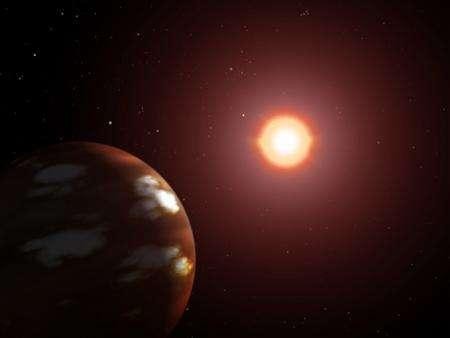Scientists using Spitzer space telescopes and NASA's Kepler have come up with a long-lived storm on a cool dwarf star resembling Jupiter's Great Red Spot.
According to LA Times, the findings that appear in the Astrophysical Journal shed light on these types of odd things inhabiting the border of the foggy separation of star and planet on the mysterious atmospheric dynamics.
WISEP J190648.47 401106 (or W1906 40) is the name given to this little Jupiter -sized star. It is an L-dwarf, one of a cooler class of things that awkwardly straddle the line between giant planet and a small start. Others, such as W1906 40, make the astral cut because they were able to stoke the interior furnaces, this made them shine.
W1906 40 managed to be cool with a mere of 3,500 degrees Fahrenheit or so for clouds to storm to brew.
The star was initially seen by NASA's Wide-field Infrared Survey Explorer (or WISE) in 2011; John Gizis, study leader of the University of Delaware, Newark and colleagues then looked through NASA's Kepler data to further examine the star, Daily Times reported.
Kepler finds planets passing in front of their stars by searching for dips in the starlight. It may also pick up star spots among them dark patches that rotate across the star's surface.
The scientists, at first, wondered if that star spots might be the explanation. But the researchers realized that it was not a star place but rather a tremendous thunderstorm that was as wide as three Worlds across. They are using NASA's Spitzer space telescope, which might use two wavelengths of infrared light to look at different layers of the star's atmosphere.
Close sits to the Stellar North Pole and finishes a trip around the stellar surface about every nine hours.



























